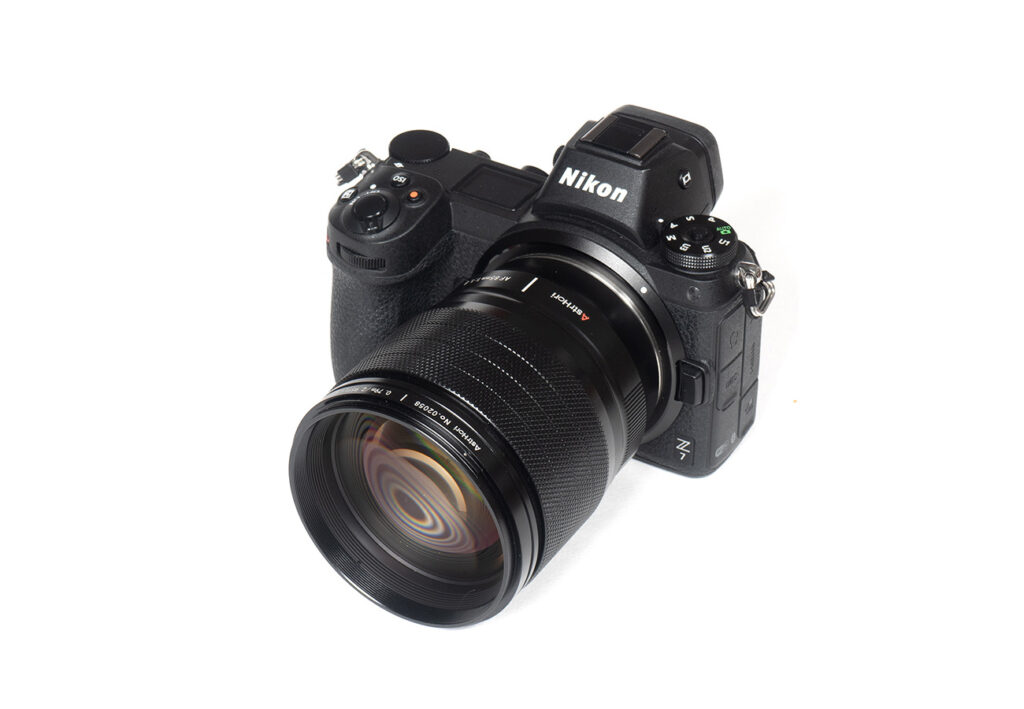Introduction
AstrHori is one of the Chinese lens manufacturers trying to move up the food chain. An important step is always the transition to autofocus lenses. A while ago, they released the AstrHori AF 85mm f/1.8 in Sony-E mount, but there’s now also a Z-mount version. While it may appear to be a copy of a classic lens, it is actually a dedicated mirrorless-format lens – the rear element is close to the sensor. However, it doesn’t use any special elements that already suggest they aren’t chasing the high-end market. The price of merely $249 is also clearly at the (very) affordable end, as you might expect.
Upon first contact, you are probably pretty surprised by its build quality. The lens body is made of a substantial amount of metal, and the nicely textured metal focus ring is also exceptionally smooth. The downside of this impressive build quality is the rather heavy weight of 626g, which is 30% more than for the Nikkor Z 85mm f/1.8 S. Weather sealing has not been implemented. The lens has no AF/MF switch, so you have to do it via the camera settings. A barrel-shaped plastic lens hood is part of the package.

The AF relies on an older-style stepping motor. It is silent and reliable, but’s also on the slow side. That’s OK if your subject doesn’t move much, but you won’t want to shoot sports with it – nor is this within the usual scope of an 85mm portrait lens. Manual focusing works by wire. The lens features a micro-USB port at the mount for firmware updates.
Some firmware updates may also be needed because we observed 2 issues while using the lens. At f/4 – and only at f/4 – the aperture mechanism produces a high-frequent “clicking” noise. The aperture doesn’t change when it does so – it’s just a noise – but it feels … odd. You won’t notice it in the city you will in quiet environments. The other “bug” is an exposure problem that creeps in from f/8 from where you have to compensate by 2/3 f-stops per extra stop. Given that you will use the lens mostly at large aperture settings, all this may not be a showstopper, but it’s certainly an annoyance.
| Specifications | |
|---|---|
| Optical construction | 9 elements in 8 groups |
| Number of aperture blades | 9 |
| min. focus distance | 0.79m (max magnification: 1:?) |
| Dimensions | φ80×93.5mm |
| Weight | 625g |
| Filter size | φ72mm |
| Hood | barrel-shaped (plastic, bayonet mount, supplied) |
| Available Mounts | Nikon Z, Sony E |
| Other features | micro-USB port for firmware updates |
Distortions
The AstrHori AF 85mm f/1.8 Z has no correction profile for image distortions. The lens produces a native pincushion distortion of ~1.7%. You may notice this with straight lines, but an 85mm lens is rarely used for architecture photography.
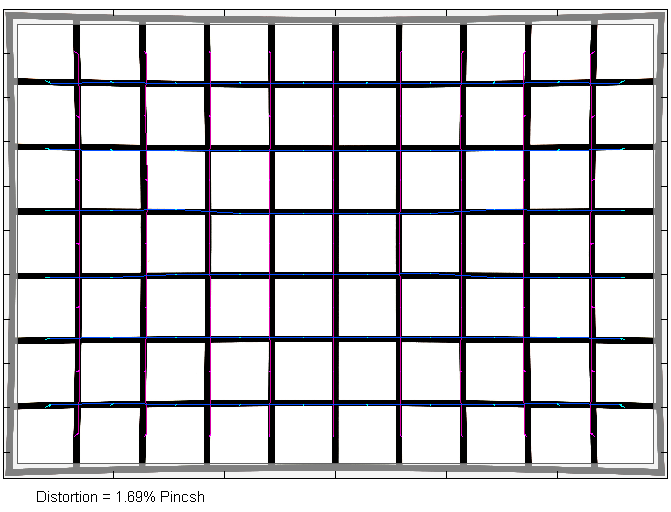
Vignetting
The RAW vignetting is quite typical for a fast medium tele lens. At f/1.8, the light falloff reaches 1.7 EV (f-stops), which is noticeable but not excessive. Stopping down to f/2.2 reduces the vignetting substantially, and it’s mostly gone by f/2.8 already. With activated image auto-correction, the vignetting is already nicely suppressed at f/1.8.

MTF (resolution) at 45 megapixels
The AstrHori AF 85mm f/1.8 Z uses a conventional design without special elements, which makes it difficult to perform well on high-megapixel sensors. The lens can still deliver very good resolution in the dead center at f/1.8 – albeit at reduced contrast. However, the quality drops rather dramatically towards what we define as the near-center zone. The borders/corners are also very soft here. Stopping down to f/2.2 helps to recover the near-center zone, so that’s probably the setting to start with for a bit of extra base quality. The broader center is pretty good at f/2.8, and the border finally reaches good levels at f/4. The corner quality reaches Ok levels from here as well.
The centering quality of the tested sample wasn’t great, with quite some variations between the different edges. Thus focus plane was difficult to evaluate, but some curvature seems likely.
Please note that the MTF results are not directly comparable across the different systems!
Below is a simplified summary of the formal findings. The chart shows line widths per picture height (LW/PH) which can be taken as a measure of sharpness. If you want to know more about the MTF50 figures, you may check out the corresponding Imatest Explanations.

Chromatic Aberrations (CAs)
Given the classic design, lateral CAs are surprisingly low, with a width of ~0.8px at the image borders at f/1.8 – decreasing to ~0.4px at f/8.

Bokeh
A 85mm f/1.8 lens is primarily meant for shallow depth-of-field photography – so let’s have a look at the bokeh.
Out-of-focus highlights are very nicely rendered. In the image center, the discs are circular with a smooth inner zone. Stopping down to f/2.8 introduces a slight edginess from the aperture shape and, of course, a bit more so at f/4.

As usual, the highlight discs deteriorate towards “cat eyes” at the borders/corners – a mechanical vignetting effect. Stopping down to f/2.8 restores a more uniform shape.
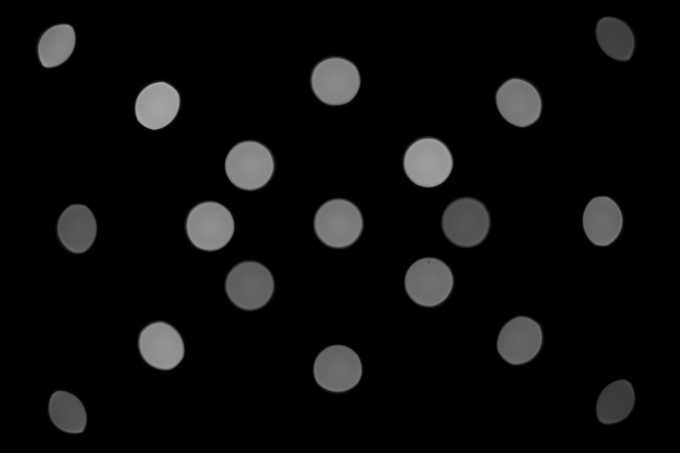
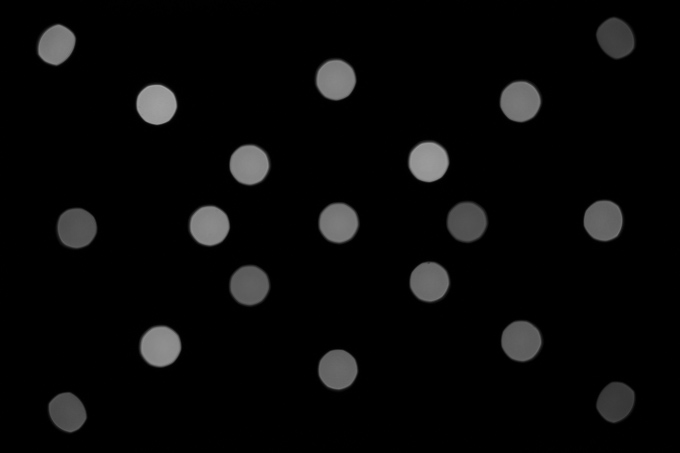
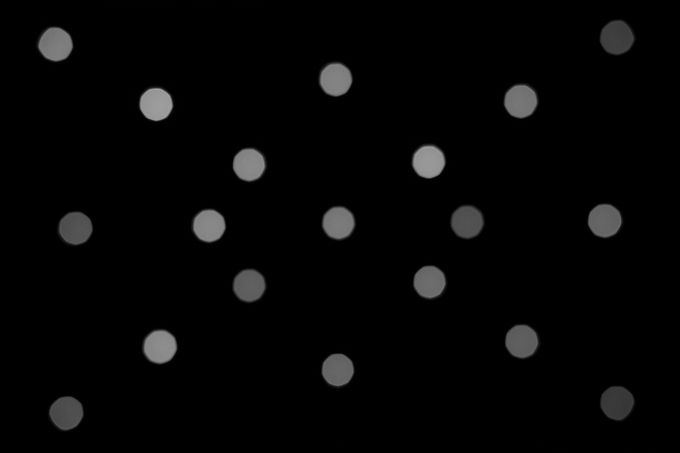
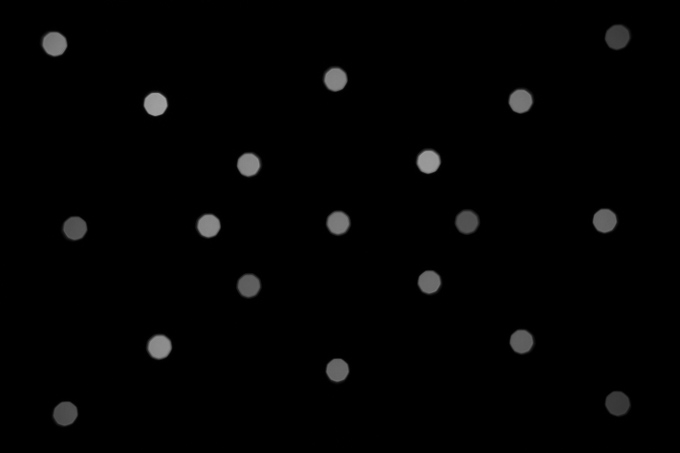
The quality of the general blur in the focus transition zone is pretty smooth in the image background as shown to the left below. The less critical foreground blur (to the right) isn’t as good with more “shadowy” contrast edges.

Bokeh Fringing / LoCA
LoCAs are a color-fringing defect that shows up as a greenish tint beyond the focus point and purplish-blueish in front. Given its conventional design, it’s not a surprise that the issue is very pronounced at max aperture, as you can see below. It’s still visible at f/2.8, although not disturbing anymore, and, as usual, it’s mostly gone by f/4.
You may also notice that the focus point shifts towards the rear when stopping down (=RSA or “Residual spherical aberration”).


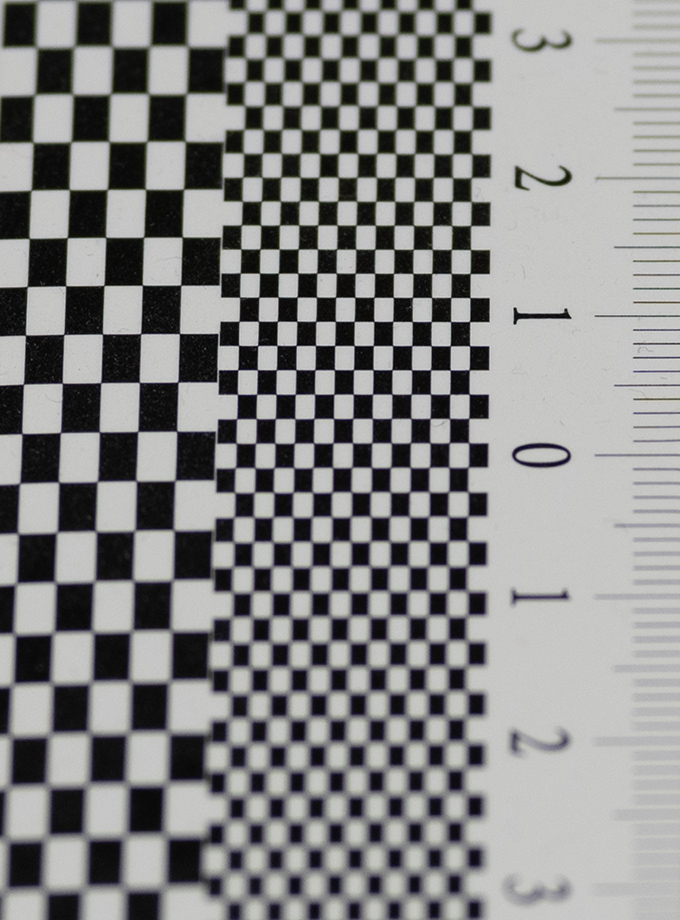
Sample Images
In terms of optical performance, the AstrHori AF 85mm f/1.8 Z struggles quite on a high-megapixel sensor. On the positive side, the dead image center performance is pretty good, even at f/1.8 albeit at a reduced contrast - which may be just fine for portraits where you don't necessarily want clinical sharpness. The center quality improves to excellent levels when stopping down to medium aperture settings. The same can't be said about the near-center and outer image field, though. The quality from the center drops rapidly to soft levels at large apertures. It does recover quite a bit once you reach f/4 - peaking at f/5.6. The corner quality is never great, tough. Lateral CAs are quite well controlled. Auto-correction isn't available for image distortions, but they are still moderate, so it's not a major issue. Auto-correction does help with respect to vignetting. Typical for such fast lenses, the light falloff is quite noticeable at f/1.8 in RAW images, but this is nicely corrected down to 0.7EV, which is just fine in most cases. A strength of the lens - and this surely relates to its classic design - is the quality of the bokeh. Especially the background blur and out-of-focus highlights are very smooth - ideal for portraits. As expected, there's quite some bokeh fringing (LoCA) at large apertures. We've also spotted a bit of purple fringing at harsh contrasts near the borders. The focus also shifts a bit when stopping down.
It's a bit difficult to come to a conclusion about build quality. Typically, we only rate the physical impression - and that's where the lens shines for a lens of this price point. It's built like a rock thanks a thick metal housing and a smooth control ring. The AF may not be a speed demon, but it's fast enough to do the job unless you are into action photography. The other aspect that has to be discussed is the electronics/firmware, though. For most use cases - especially portraits - the lens works just fine. However, the odd clicking sounds at f/4 (and only at f/4) and the exposure being off from f/8 are a bit of a head-scratcher. We hope that AstrHori will fix this with a firmware update which is possible thanks to a firmware port on the lens.
The AstrHori AF 85mm f/1.8 Z can't nor wants to compete with the Nikkor Z 85mm f/1.8 S. At $249, it simply resides in a very different market segment. The reality is simply that many users just can't afford Nikkors. The target audience certainly consists of people without deep pockets in emerging markets or students who simply have to shop on a budget. They are also more willing to accept some of the observed issues and won't mount it on a high-megapixel body, so the observed border/corner softness won't be as relevant. It's certainly just fine for images targeting social media where image sharpness doesn't play a major role. So, keeping all this in mind, the lens represents good value for use on 24-megapixel bodies - but don't expect it to compete on the maturity nor optical level of a Nikkor or Tamron/Sigma.
-
Optical Quality
-
Build Quality
-
Price / Performance


